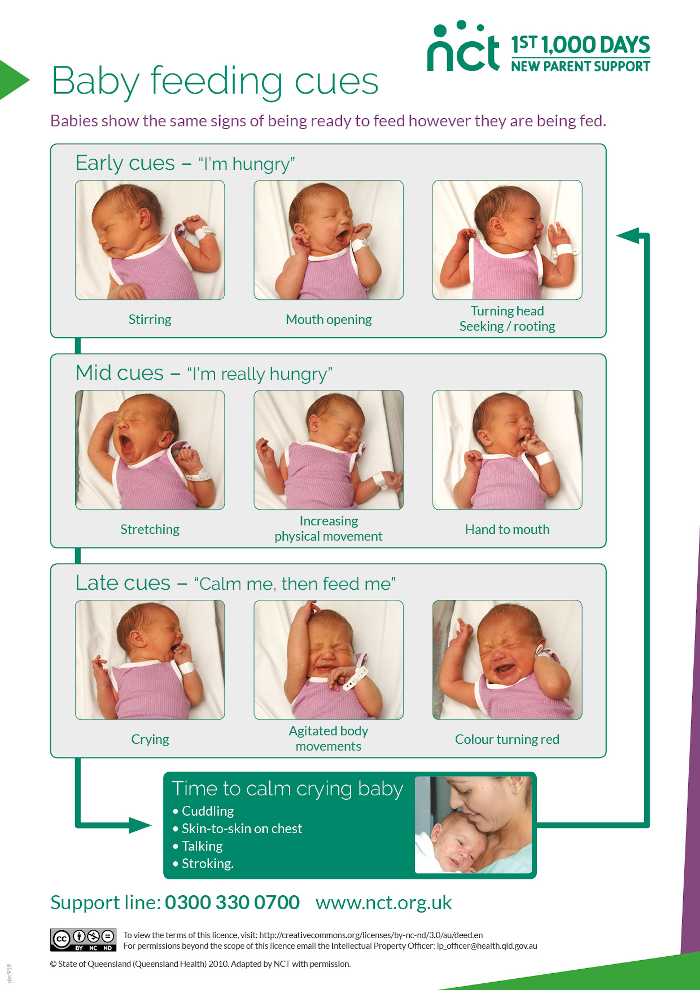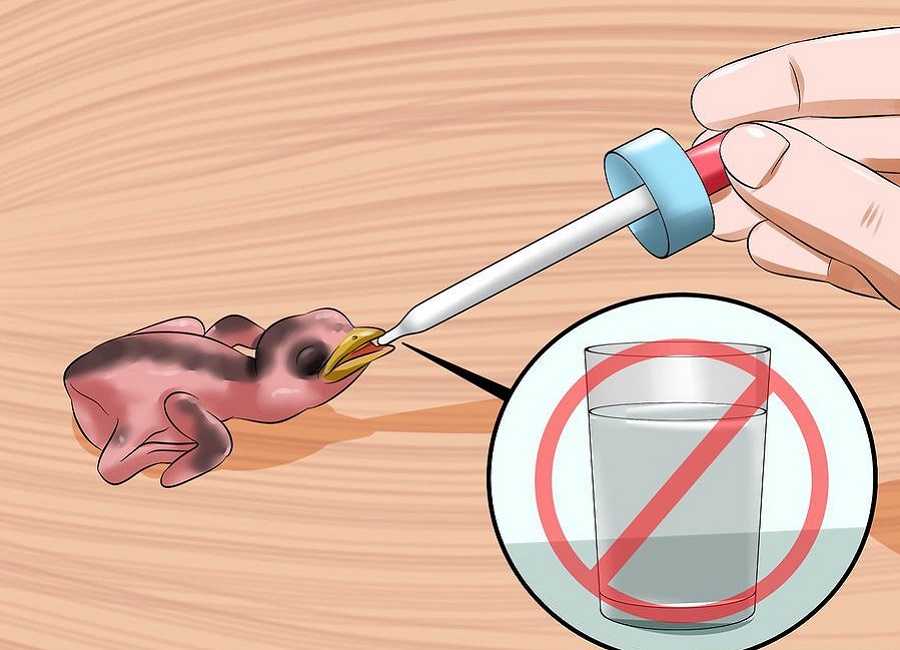How often to feed four month old baby
How Often and How Much Should Your Baby Eat?
By: Sanjeev Jain, MD, FAAP
One of the most common questions new parents have is how often their baby should eat. The best answer is surprisingly simple: in general, babies should be fed whenever they seem hungry.
How do I know when my baby is hungry?
For babies born
prematurely or with certain medical conditions, scheduled feedings advised by your pediatrician are best. But for most healthy, full-term infants, parents can look to their baby rather than the clock for hunger cues. This is called feeding on demand, or
responsive feeding.
Hunger cues
A hungry baby often will cry. But it's best to watch for hunger cues before the baby starts crying, which is a late sign of hunger and can make it hard for them to settle down and eat.
Some other typical hunger cues in babies:
Licking lips
Sticking tongue out
Rooting (moving jaw and mouth or head in search of breast)
Putting his/her hand to mouth repeatedly
Opening her mouth
Fussiness
Sucking on everything around
It is important to realize, however, that every time your baby cries or sucks it is not necessarily because he or she is hungry. Babies suck not only for hunger, but also for comfort; it can be hard at first for parents to tell the difference. Sometimes, your baby just needs to be cuddled or changed.
General guidelines for baby feeding
It is important to remember all babies are different―some like to snack more often, and others drink more at one time and go longer between feedings. However, most babies will drink more and go longer between feedings as they get bigger and their tummies can hold more milk:
Most newborns eat every 2 to 3 hours, or 8 to 12 times every 24 hours. Babies might only take in half ounce per feeding for the first day or two of life, but after that will usually drink 1 to 2 ounces at each feeding. This amount increases to 2 to 3 ounces by 2 weeks of age.
At about 2 months of age, babies usually take 4 to 5 ounces per feeding every 3 to 4 hours.
At 4 months, babies usually take 4 to 6 ounces per feeding.
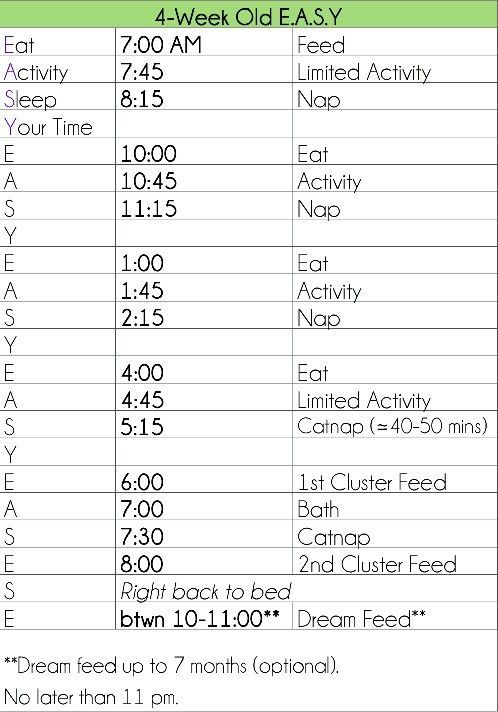
At 6 months, babies may be taking up to 8 ounces every 4 to 5 hours.
Most babies will increase the amount of formula they drink by an average of 1 ounce each month before leveling off at about 7 to 8 ounces per feeding. Solid foods should be started at about 6 months old.
Concerns about overfeeding or underfeeding your baby
Too full?
Babies are usually pretty good at eating the right amount, but they can sometimes take in more than they need. Infants who are bottle feeding may be more likely to overfeed, because drinking from a bottle may take less effort than breastfeeding.
Overfed babies can have stomach pains, gas, spit up or vomit and be at higher risk for obesity later in life. It's better to offer less, since you can always give more if your baby wants it. This also gives babies time to realize when they're full.
If you are concerned your baby wants to eat
all the time―even when he or she is full―talk with your pediatrician. Pacifiers may be used after feeding to help sooth healthy-weight babies who like to suck for comfort, rather than nutrition. For babies who are breastfed, it's best to wait to offer pacifiers until around 3 to 4 weeks of age, when breastfeeding is well-established.
Pacifiers may be used after feeding to help sooth healthy-weight babies who like to suck for comfort, rather than nutrition. For babies who are breastfed, it's best to wait to offer pacifiers until around 3 to 4 weeks of age, when breastfeeding is well-established.
Trouble gaining weight?
Most babies will double their birth weight by 5 months of age and triple their birth weight by their first birthday. If your baby is having trouble gaining weight, don't wait too long between feeding―even if it means waking your baby. Be sure to talk with your pediatrician about how often and how much to feed your baby.
How do I know if my baby is getting enough to eat?
Daily diapers
A newborn's
diaper is a good indicator of whether he or she is getting enough to eat. In the first few days after birth, a baby should have 2 to 3 wet diapers each day. After the first 4 to 5 days, a baby should have at least 5 to 6 wet diapers a day. Stool frequency is more variable and depends whether your baby is
breastfed or formula fed.
Growth charts
During regular health check-ups, your pediatrician will check your baby's weight and plot it on a growth chart. Your baby's progress on the growth chart is one way to tell whether or not they are getting enough food. Babies who stay in healthy growth percentile ranges are probably getting a healthy amount of food during feedings.
Remember
Talk with your pediatrician if you have any questions or concerns about your baby getting the right amount to eat.
More information:
- Making Sure Your Baby is Getting Enough Milk
- Amount and Schedule of Formula Feedings
- Is Your Baby Hungry or Full? Responsive Feeding Explained (Video)
- Remedies for Spitty Babies
- Ask the Pediatrician: With the baby formula shortage, what should I do if I can't find any?
- Ask the Pediatrician: How should we feed our baby if we're running low on money?
-
Airplane Choo Choo: A Feeding Guide for Children (National Dairy Council)
About Dr.
 Jain:
Jain:
Sanjeev Jain, MD, FAAP, is a Clinical Associate Professor of General Pediatrics and Adolescent Medicine at the University of Wisconsin School of Medicine and Public Health. Within the American Academy of Pediatrics, he is a member of the Section on International Child Health and the Wisconsin State Chapter.
The information contained on this Web site should not be used as a substitute for the medical care and advice of your pediatrician. There may be variations in treatment that your pediatrician may recommend based on individual facts and circumstances.
4-Month-Old’s Nutrition: How Often & What Should They Eat?
The 4-month mark is a magical time for a baby.
Your little one is officially past the newborn stage and has reached the “Look at them, they’re so cute” era. A 4-month-old baby can move around, flexing their hands and smiling at others. With these developmental milestones, they’re probably growing like crazy, too.
Because of this growth, your baby will need a feeding schedule appropriate for their age. Here’s how often a 4-month-old should eat, along with details on potential solid foods in their diet.
How do I know when my baby is hungry?
Babies will be loud to let you know they’re hungry: they have no other way to vocalize, so you must be attentive to your little one’s body language to avoid confusing hunger with another issue. In general, your baby should eat every 3-4 hours.
Hunger cues include:
Crying.
Fussiness, such as whining, squirming, or making expressions of discomfort.
Licking their lips or sticking out their tongue.
Opening or closing their mouths.
“Rooting” around with their head, or making a searching motion for breast milk.
Putting their hand into their mouth repeatedly to mimic a sucking motion.
When your baby is hungry, don’t skimp on breastfeeding or formula.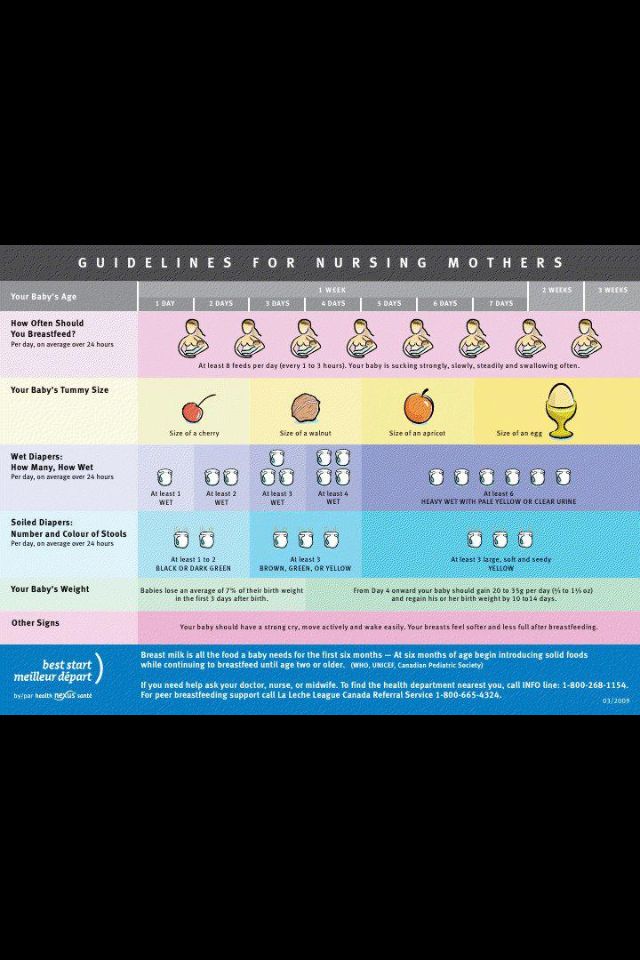 Meet their on-demand feeding schedule. Most babies need to be breastfed 6-12 times a day.
Meet their on-demand feeding schedule. Most babies need to be breastfed 6-12 times a day.
Parenting tip: While crying can be a sign of hunger, it can mean other things, too. Sometimes, your baby just wants a hug or a diaper change. In later growth spurts, they may even be teething.
Nik - stock.adobe.com
How do I know if my baby is getting enough to eat?
Formula and breastfed babies eat every couple of hours. When they’re full, your little one will unlatch from the breast or bottle and turn their head away. If they’re still hungry, they may cling on. Knowing how much to feed a baby depends on many factors.
Of course, even the most attentive parents can have concerns about feeding the right amount. Here’s how to tell if your 4-month-olds’ baby weight is considered healthy.
Overall
Your baby should be healthy if they’ve experienced no rapid weight loss.
Your baby should be healthy if they align with the average weight for their age group: 15 pounds, 7 ounces for boys, and 14 pounds, 2 ounces for girls.

Your babe is probably eating enough if they produce at least 6 soiled or wet diapers per day.
Signs of underfeeding
Signs of overfeeding
Parenting tip #1: Bottle-feeding babies are at risk for excessive weight gain. Drinking from a bottle is more manageable than drinking from a breast, and your baby won’t grow as tired as quickly. They may not recognize when to stop, so pay attention to the amount of formula they’re drinking.
Parenting tip #2: Always attend regular checkups and contact your doctor if you suspect an emergency. Chart your baby’s growth to update your doctor. You can also use baby healthcare products to take care of temporary diet setbacks.
Andrej - stock.adobe.com
When does a baby start eating real food?
Can a 4-month old baby feeding schedule include solid food? Sort of. Some babies are ready to start solid foods earlier than others. However, the American Academy of Pediatrics recommends that you don’t start solid food until your baby is 6-months-old.
The process of switching a baby to a solids and bottle feeding schedule is a long one. It goes:
Milk or formula feeding only.
Next, a diet of milk, formula, and pureed baby foods. Organic baby food is also OK.
This is followed by introducing solid foods alongside milk before weaning your baby.
If you plan to go ahead with solid food, your pediatrician must sign off the schedule. Certain milestones your baby needs to meet to make the switch are:
A doubled birth weight.
A weight of at least 13 pounds.
The ability to sit upright in a high chair.
The ability to hold their own head upright for an extended period.
A natural interest in solid food. You’ll see this behavior through your baby’s attempts to grasp other people’s meals and put it in their mouth. Let your baby eat what they want (within reason).
If your baby doesn’t fit this criteria, they aren’t ready.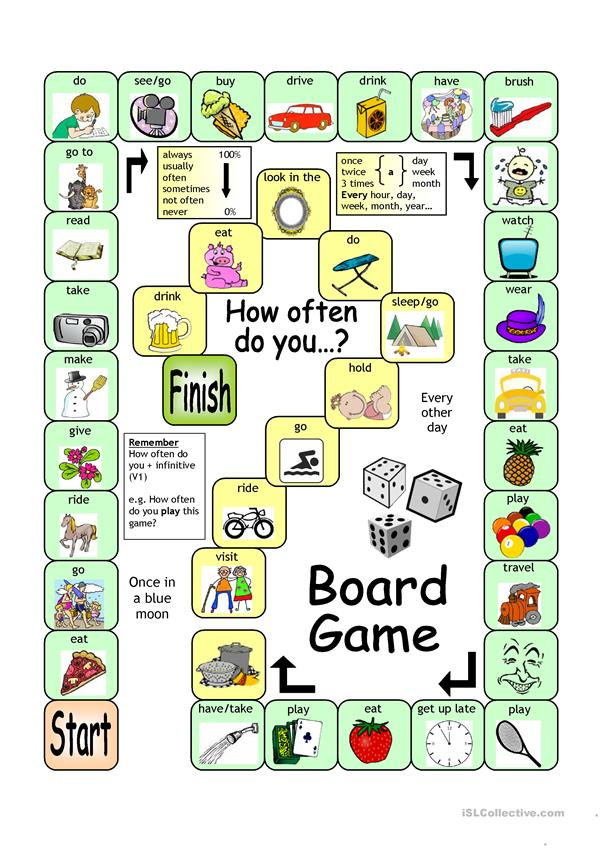 If they do meet the requirements, follow up with your family doctor to discuss the possibility of switching their feeding habits.
If they do meet the requirements, follow up with your family doctor to discuss the possibility of switching their feeding habits.
A word of caution: Even if your baby is introduced to solid foods, they can’t be weaned off of milk or formula until they’ve passed their first-year mark.
Pixel-Shot - stock.adobe.com
What food does a baby need when they’re 4-months-old?
Each baby requires a slightly different feeding schedule tailored to their needs. However, you’ll find a couple foods for your 4-month-old to try when starting solid foods:
When preparing solid food for your baby, always make sure it’s soft and finely cut. Anything too large will become a choking hazard.
Avoid honey, which can cause botulism in babies under one year of age, and avoid water. While water can be introduced into your baby’s diet in small amounts, it’s not recommended until the 6-month mark.
Parenting tips:
Only introduce one new food at a time, so you can watch for allergic reactions with different items.

If your baby doesn’t want to eat a particular food, don’t force them. It can make them sick.
How often should a 4-month-old nurse?
Are you struggling to answer the question, “How much should I feed my baby?” We’ve put together sample feeding schedules for formula, formula-and-milk, and all-milk diets, adapted from the American Academy of Pediatrics’ guidebook.
As always, remember that on-demand feeding should be prioritized. If your baby sleeps through the night, you likely won’t need to wake them for feeding. But if they’re hungry in the middle of the night, you’ll have to be up with them. Here are some general guidelines for a feeding guide:
Feeding schedules for formula-fed babies
Feeding schedules for a mix of formula and breastmilk
Feeding schedules for a breastfed baby
Are you searching for formula options to add to your 4-month-old’s diet? Check out Gopuff’s wide selection of baby food. You can shop from the comfort of your home and have it delivered right to your door, which is perfect for any parent.
Diet for a child aged 4
Your baby is already 4 months old. He has noticeably grown up, become more active, is interested in objects that fall into his field of vision, carefully examines and reaches for them. The emotional reactions of the child have become much richer: he smiles happily at all the people whom he often sees more and more often, makes various sounds.
Are you still breastfeeding your baby or have you switched to formula or formula feeding? The child is actively growing, and only with breast milk or infant formula, he can no longer always get all the necessary nutrients. And that means it's time to think about complementary foods.
Optimal time to start its introduction is between 4 and 6 months, regardless of whether the baby is receiving breast milk or formula. This is the time when children respond best to new foods. Up to 4 months, the child is not yet ready to perceive and digest any other food. And with the late introduction of complementary foods - after 6 months, children already have significant deficiencies of individual nutrients and, first of all, micronutrients (minerals, vitamins, long-chain polyunsaturated fatty acids, etc.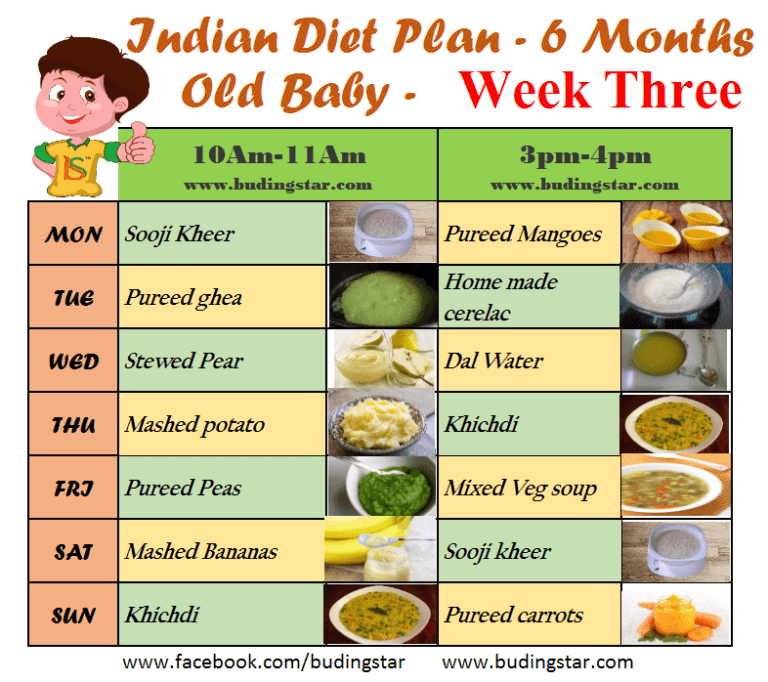 ). In addition, toddlers at this age often refuse new foods, they have delayed development of chewing skills for thick foods, and inadequate eating habits are formed. It is important to know that, no matter how strange it may seem at first glance, with a delayed appointment of complementary foods, allergic reactions more often occur on them.
). In addition, toddlers at this age often refuse new foods, they have delayed development of chewing skills for thick foods, and inadequate eating habits are formed. It is important to know that, no matter how strange it may seem at first glance, with a delayed appointment of complementary foods, allergic reactions more often occur on them.
When is it advisable to introduce complementary foods as early as 4 months, and when can you wait until 5.5 or even 6 months? To resolve this issue, be sure to consult a pediatrician.
The optimal time to start introducing complementary foods to a healthy baby is between 5 and 5.5 months of age.
The World Health Organization recommends that breastfed babies should be introduced to complementary foods from 6 months of age. From the point of view of domestic pediatricians, which is based on the big
practical experience and scientific research, this is possible only in cases where the child was born at term, without malnutrition (because in these cases the mineral reserves are very small), he is healthy, grows and develops well. In addition, the mother should also be healthy, eat well and use either specialized enriched foods for pregnant and lactating women, or vitamin and mineral complexes in courses. Such restrictions are associated with the depletion of iron stores even in a completely healthy child by 5-5.5 months of age and a significant increase in the risk of anemia in the absence of complementary foods rich or fortified with iron. There are other deficits as well.
In addition, the mother should also be healthy, eat well and use either specialized enriched foods for pregnant and lactating women, or vitamin and mineral complexes in courses. Such restrictions are associated with the depletion of iron stores even in a completely healthy child by 5-5.5 months of age and a significant increase in the risk of anemia in the absence of complementary foods rich or fortified with iron. There are other deficits as well.
The first food product can be vegetable puree or porridge, it is better to give fruit puree to the baby later - after tasty sweet fruits, children usually eat vegetable puree and cereals worse, often refuse them altogether.
Where is the best place to start? In cases where the child has a tendency to constipation or he puts on weight too quickly, preference should be given to vegetables. With a high probability of developing anemia, unstable stools and small weight gains - from baby cereals enriched with micronutrients. And if you started introducing complementary foods with cereals, then the second product will be vegetables and vice versa.
If the first complementary foods are introduced at 6 months, it must be baby porridge enriched with iron and other minerals and vitamins, the intake of which with breast milk is no longer enough.
Another important complementary food product is mashed meat. It contains iron, which is easily absorbed. And adding meat to vegetables improves the absorption of iron from them. It is advisable to introduce meat puree to a child at the age of 6 months. Only the daily use of children's enriched porridge and meat puree can satisfy the needs of babies in iron, zinc and other micronutrients.
But it is better to introduce juices later, when the child already receives the main complementary foods - vegetables, cereals, meat and fruits. After all, complementary foods are needed so that the baby receives all the substances necessary for growth and development, and there are very few in their juices, including vitamins and minerals.
Juices should not be given between feedings, but after the child has eaten porridge or vegetables with meat puree, as well as for an afternoon snack. The habit of drinking juice between meals leads to frequent snacking in the future, a love of sweets is instilled, children have more tooth decay and an increased risk of obesity.
The habit of drinking juice between meals leads to frequent snacking in the future, a love of sweets is instilled, children have more tooth decay and an increased risk of obesity.
With the start of the introduction of complementary foods, the child is gradually transferred to the 5-time feeding regimen.
Complementary feeding rules:
- preference should be given to baby products of industrial production, they are made from environmentally friendly raw materials, have a guaranteed composition and degree of grinding
- Complementary foods should be offered to the baby by spoon at the start of feeding, before breastfeeding (formula feeding)
- the volume of the product increases gradually, starting with ½ - 1 spoon, and in 7 - 10 days we bring it to the age norm, subsequent products within the same group (cereals from other cereals or new vegetables) can be introduced faster, in 5 - 7 days
- start introduction with monocomponent products
- it is undesirable to give a new product in the afternoon, it is important to follow how the child reacts to it
- do not introduce new products in the event of acute illnesses, and before and immediately after prophylactic vaccination (should be abstained for several days)
When introducing a new type of complementary food, first try one product, gradually increasing its amount, and then gradually "dilute" this product with a new one. For example, vegetable complementary foods can be started with a teaspoon of zucchini puree. During the week, give the baby only this product, gradually increasing its volume. After a week, add a teaspoon of mashed broccoli or cauliflower to the zucchini puree and continue to increase the total volume every day. Vegetable puree from three types of vegetables will be optimal. The portion should correspond to the age norm. Over time, you can replace the introduced vegetables with others faster.
For example, vegetable complementary foods can be started with a teaspoon of zucchini puree. During the week, give the baby only this product, gradually increasing its volume. After a week, add a teaspoon of mashed broccoli or cauliflower to the zucchini puree and continue to increase the total volume every day. Vegetable puree from three types of vegetables will be optimal. The portion should correspond to the age norm. Over time, you can replace the introduced vegetables with others faster.
After the introduction of one vegetable (bringing its volume to the required amount), you can proceed to the intake of porridge, and diversify the vegetable diet later.
If the child did not like the dish, for example, broccoli, do not give up on your plan and continue to offer this vegetable in a small amount - 1-2 spoons daily, you can not even once, but 2-3 times before meals, and after 7 - 10, and sometimes 15 days, the baby will get used to the new taste. This diversifies the diet, will help to form the right taste habits in the baby.
Spoon-feed with patience and care. Forced feeding is unacceptable!
In the diet of healthy children, porridge is usually introduced after vegetables (with the exception of healthy breastfed children, when complementary foods are introduced from 6 months). It is better to start with dairy-free gluten-free cereals - buckwheat, corn, rice. At the same time, it is important to use porridge for baby food of industrial production, which contains a complex of vitamins and minerals. In addition, it is already ready for use, you just need to dilute it with breast milk or the mixture that the baby receives.
Children suffering from food allergies are introduced complementary foods at 5-5.5 months. The rules for the introduction of products are the same as for healthy children, in all cases it is introduced slowly and begins with hypoallergenic products. Be sure to take into account individual tolerance. The difference is only in the correction of the diet, taking into account the identified allergens.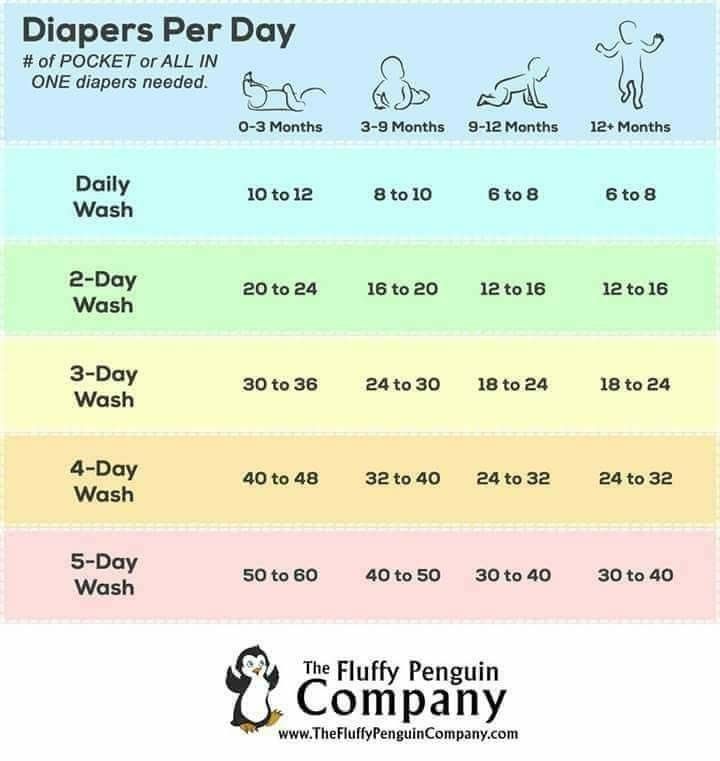 From meat products, preference should first be given to mashed turkey and rabbit.
From meat products, preference should first be given to mashed turkey and rabbit.
Diets for different age periods
explain how to make a diet, it is better on several examples that will help to navigate the menu for your child.
From 5 months, the volume of one feeding is on average 200 ml.
Option 1.
I feeding
6 hours
Breast milk or VHI*
200 ml
II feeding
10 hours
Dairy-free porridge**
Supplementation with breast milk or VHI*
150 g
50 ml
III feeding
14 hours
Vegetable puree
Meat puree Vegetable oil
Supplemental breast milk or VHI*
150 g
5 - 30 g
1 tsp
30 ml
IV feeding
18 hours
Fruit puree
Breast milk or VHI*
60 g
140 ml
| I feeding | Breast milk or VHI* | 200 ml |
| II feeding | Dairy-free porridge** | 150 g |
| III feeding | Vegetable puree | 150 g |
| IV feeding | Fruit puree | 40 g |
| V feeding | Breast milk or VHI* | 200 ml |
* - children's dairy mixture
** - diluted with breast milk or DMS
Option 3.
An approximate daily diet for a baby at 6.5 months on breastfeeding, if complementary foods were started from 6 months:
| I feeding | Breast milk | |
| II feeding | Dairy-free porridge** | 100 g |
| III feeding | Vegetable puree | 100 g |
| IV feeding | Breast milk |
|
| V feeding | Breast milk |
|
** - diluted with breast milk
Up to 7 months, increase the volume of porridge and vegetable puree to 150 g and introduce fruit puree.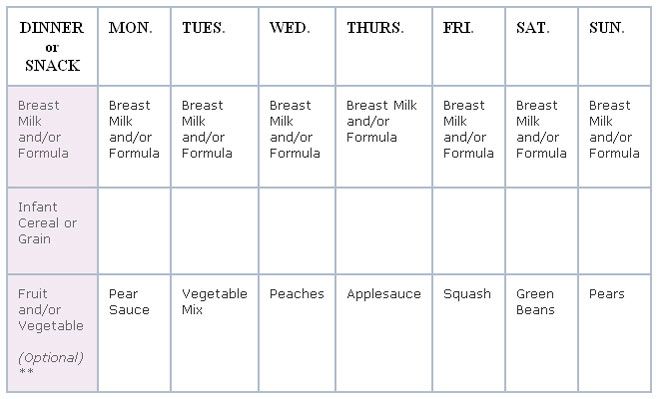
what to give and how often to feed
You can't even imagine how much feeding a baby by months affects the fact that the baby grows up healthy and happy.
It is up to the pediatrician to determine exactly how to feed the little one. But it is also useful for a young mother to be able to independently understand all the nuances.
Monthly feeding table for children up to a year
A child should be taught to feed by months almost immediately, at the very beginning of his life. Such a daily routine is understood as a specific meal plan when the baby eats food at approximately the same time. It will be convenient for parents and useful for their toddler.
Thanks to this, the little man grows up healthy, strong, disciplined and easily adapts in society. Well, a mother who has accustomed her child to a clear diet can plan her day more freely and allocate time for herself and good rest.
Top 3 things to consider when scheduling your breastfeeding month by month:
- Individual approach, namely the biological rhythms of your little one.
 Make compromises: your breastfeeding schedule should not be at odds with the needs of the baby, but it should also be comfortable for the mother.
Make compromises: your breastfeeding schedule should not be at odds with the needs of the baby, but it should also be comfortable for the mother. - Flexibility. Simply put, the daily routine, which was relevant in the first weeks of life, can be gradually adjusted in a way that will be more correct and beneficial for the growing toddler.
- Sequence. Take your time: any changes should be smooth and consistent. If you change your mealtimes drastically, your baby will have a hard time adjusting.
Keep in mind that the optimal interval between meals is 2-3 hours. As you grow and develop, you will gradually reduce the number of meals and increase the interval between them, as well as wean the baby from nighttime snacks.
To ensure that meals are as pleasant as possible and that the little man can fully concentrate on food, make sure that he has comfortable clothes for newborns. She will give the little one the desired comfort and convenience, so it will be easier for you to accustom your child to the correct daily routine.
In Demi's online store you will find a large selection of baby clothes for newborns made of knitwear, a high-quality natural fabric that your baby will definitely like.
For your convenience, we have prepared a monthly feeding chart for your baby. You can focus on it, making up the daily routine of the little sun.
| Age | Meals | Time |
|
0-3 months | First | 6:00-6:30 |
| Second | 9:00 | |
| Third | 12:00 | |
| Fourth | 15:00 | |
| Fifth | 18:00 | |
| Sixth | 21:00 | |
| Seventh | 24:00 or 2:00 | |
|
3-6 months | First | 6:00-6:30 |
| Second | 9:30 | |
| Third | 13:00 | |
| Fourth | 16:30 | |
| Fifth | 20:00 | |
| Sixth | 23:30 or 2:00 | |
|
6-9 months | First | 6:00-6:30 |
| Second | 10:00 | |
| Third | 14:00 | |
| Fourth | 18:00 | |
| Fifth | 22:00 or 1:00 | |
|
9-12 months | First | 7:00 |
| Second | 11:30 | |
| Third | 16:00 | |
| Fourth | 19:00 | |
| Fifth | 24:00 or 2:00 | |
If you prefer to give food on demand, pay attention to the behavior of the little sun.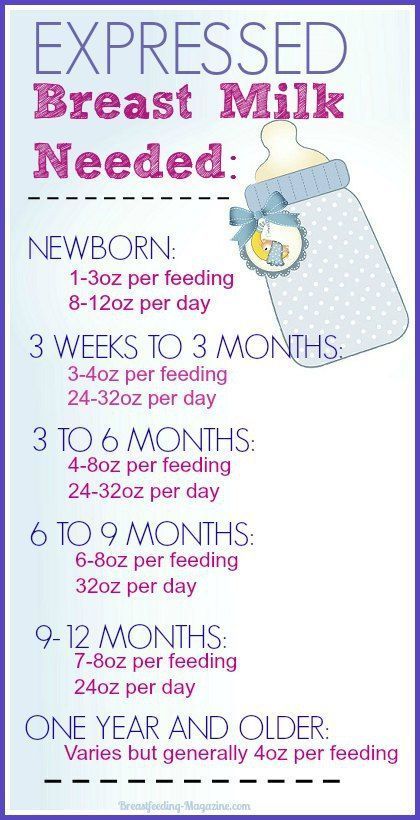 If he cries or screams, this may be a sign that the baby is hungry.
If he cries or screams, this may be a sign that the baby is hungry.
Feeding a baby for months on artificial feeding
When you are breastfeeding, your diet can be looser. But if complementary foods are used in the diet or in the complete absence of lactation, it is preferable to artificially feed the child for months strictly according to the regimen.
Our table will help you navigate:
| Age | Number of meals | Mix volume |
| First week | 7-10 | 700 ml |
| Up to 2 months | 7-8 | 750 ml |
| From 2 to 4 months. | 6-7 | 800 ml |
For babies older than 4 months, you can additionally introduce other food in pureed form.